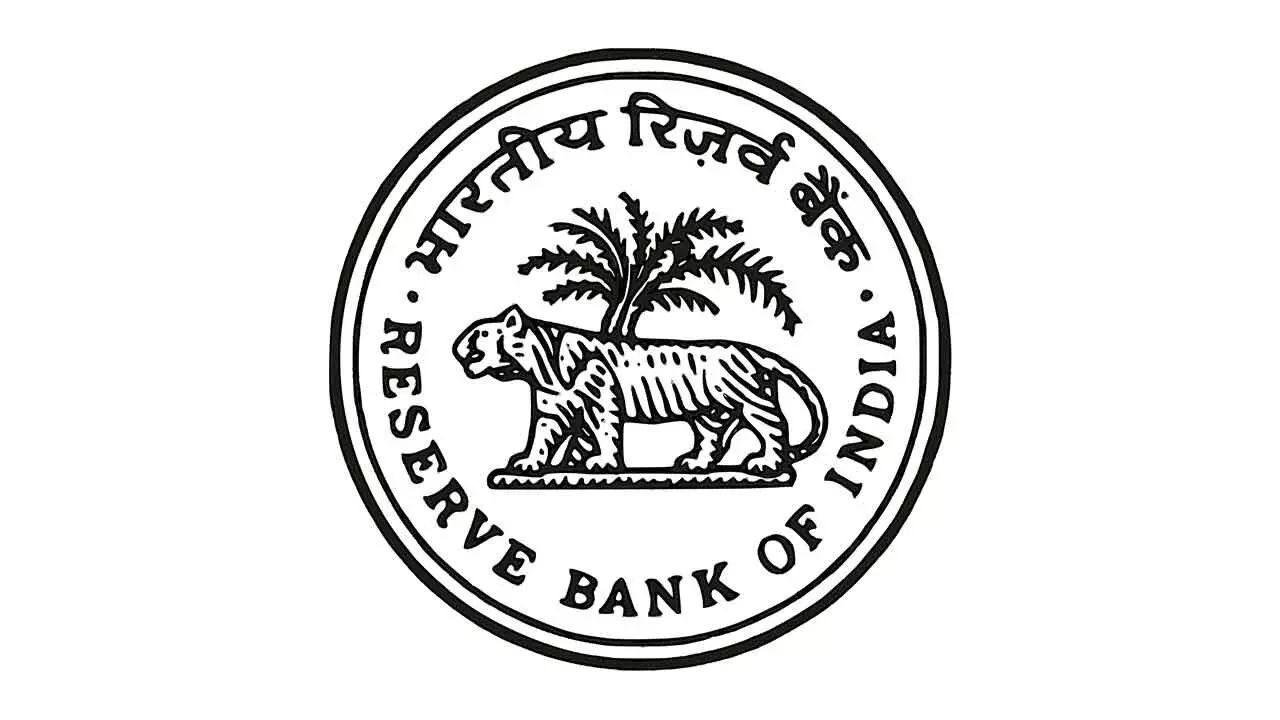RBI Does Its Job; Now It’s Govt’S Turn To Do Structural Reforms
RBI Does Its Job; Now It’s Govt’S Turn To Do Structural Reforms

The Reserve Bank of India (RBI) is optimistic about the growth prospects and resilience of the Indian economy. This was reflected in the decision taken at the bi-monthly meeting of the Monetary Policy Committee (MPC) under RBI Governor Sanjay Malhotra. The panel cut the key lending rate, or the repo rate, by 50 basis points to 5.5 per cent and downwardly revised the inflation from 4 per cent to 3.7 per cent for the current fiscal while maintaining growth at 6.5 per cent. It also made Rs 2.5 lakh crore available for lending to banks by slashing the cash reserve ratio (CRR) by 100 bps.
Capital markets welcomed the central bank’s decisions, with the benchmark Sensex soaring over 800 points to its intra-day high and the Nifty gaining more than 250 points. The gains were spread across the market as the Nifty Midcap index rose 0.8 per cent and the Nifty Smallcap index 0.6 per cent.
The RBI has made it clear that it has done its bit to galvanise the economy. “After having reduced the policy repo rate by 100 bps in quick succession since February 2025, under the current circumstances, monetary policy is left with very limited space to support growth,” it said in a press release. This was the reason that the MPC also decided to change its stance from accommodative to neutral. This change signifies that the RBI is prepared to wait and watch, balancing its dual mandate of controlling inflation and supporting growth. It also implies that further rate cuts are unlikely unless there is a significant change in economic indicators.
What the central bank did not say—but did imply—was that the ball is now in the government’s court. It must focus on supply-side issues and deregulation. It is now the government’s responsibility to step up with structural reforms, particularly on the supply side.
With global supply chains in flux and India being seen as a viable alternative manufacturing base, there is a significant opportunity for the government to attract foreign direct investment (FDI) through policy clarity and stable governance.
To be sure, the Narendra Modi government has been successful in the economy on several fronts. It has managed to keep fiscal deficits under control, significantly expanded infrastructure development, and streamlined welfare schemes to ensure better delivery and impact. One of its key achievements has been the identification and removal of non-deserving beneficiaries, thereby improving the efficiency of public spending, ensuring that support reaches those who genuinely need it, and of course reducing the burden on the exchequer. These efforts have strengthened the foundations of the Indian economy.
However, there are critical areas where progress has been limited and requires renewed focus. Despite early momentum, initiatives to improve the ease of doing business have slowed, with many entrepreneurs and businesses still facing regulatory and bureaucratic hurdles. The government’s disinvestment strategy has also fallen short of its targets, with major stake sales delayed or shelved due to market conditions and administrative challenges. Additionally, efforts to modernise labour laws, aimed at promoting flexibility and encouraging formal employment, have not yielded the desired outcomes.
To sustain economic growth and attract private investment, the government must now prioritise these structural reforms. Addressing these gaps will be essential to unlock the next phase of India’s economic potential.

